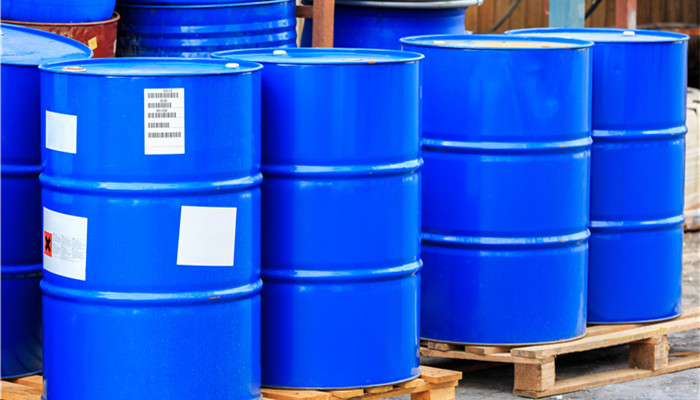
my country’s phenolic resin industry is developing in a green direction, and research on bio-based phenolic resin is booming
Phenolic resin, also known as bakelite powder, refers to a synthetic polymer obtained by the reaction of phenol or substituted phenol and formaldehyde. Bio-based phenolic resin is an emerging product of phenolic resin, which refers to phenolic resin made from biomass as raw material. It has the advantages of green environmental protection, good flame retardancy, and good heat resistance. It is widely used in automobile manufacturing, construction engineering, aerospace, orbit, etc. It has broad application prospects in transportation and other fields.
According to the “2023-2028 China Bio-based Phenolic Resin Industry Market In-depth Research and Development Prospects Forecast Report released by the Industrial Research Center , Phenolic resin is a high-performance synthetic resin, which is usually made from phenol and formaldehyde as raw materials. Free formaldehyde is easily produced during the production process, causing pollution to the environment. Bio-based phenolic resin uses biomass such as lignin and hemicellulose as raw materials, which greatly reduces the use of toxic materials such as phenol and formaldehyde. In recent years, driven by national environmental protection policies, my country’s phenolic resin industry has gradually developed in green directions such as low ammonia, low phenol and low formaldehyde, driving the rapid rise of the bio-based phenolic resin industry.
In July 2022, the Ministry of Industry and Information Technology, the National Development and Reform Commission, and the Ministry of Ecology and Environment jointly issued the “Implementation Plan for Carbon Peaking in the Industrial Sector”. The document clearly proposed to accelerate the promotion of low-carbon raw material substitution and vigorously develop the biomass chemical industry. Benefiting from the support of national policies, the development prospects of the industry of biomass-based phenolic resin as a biomass chemical will continue to improve.
According to different raw materials, bio-based phenolic resin can be divided into two categories: lignin-based phenolic resin and cardanol-based phenolic resin. Lignin has the advantages of non-toxic, high activity, and renewable. Lignin-based phenolic resin made from it as raw material can be used to produce composite materials and wear-resistant materials; cardanol-based phenolic resin uses cardanol as raw material and has insect resistance. It has good properties, anti-microbial properties and electrical resistance, and is widely used in the fields of coatings and electronic and electrical applications.
In terms of scientific research, as the prosperity of the bio-based phenolic resin industry increases, my country’s enthusiasm for research and development continues to rise. In June 2022, the research team of Tianjin University of Science and Technology Si Chuanling and Wang Guanhua used spray drying technology to carbonize and activate lignin-based phenolic resin and phenolic resin, and finally produced “cage-like” mesoporous carbon, which will be used in the future. It has been widely used in the fields of electrode materials and energy storage materials. In terms of market competition, Shengquan Group is a representative enterprise of bio-based phenolic resin in my country. It has successfully developed a series of green low-carbon phenolic resins based on bio-based phenolic resin.
Industry analysts said that driven by the national “double carbon” goal, bio-based phenolic resin, as a green and environmentally friendly material, has a wide range of applications , the industry prosperity continues to improve. In recent years, my country’s research enthusiasm for bio-based phenolic resin has been high, and many new developments have been made. In the future, with in-depth research and technological advancement, the development speed of the industry will be further accelerated.

 微信扫一扫打赏
微信扫一扫打赏

